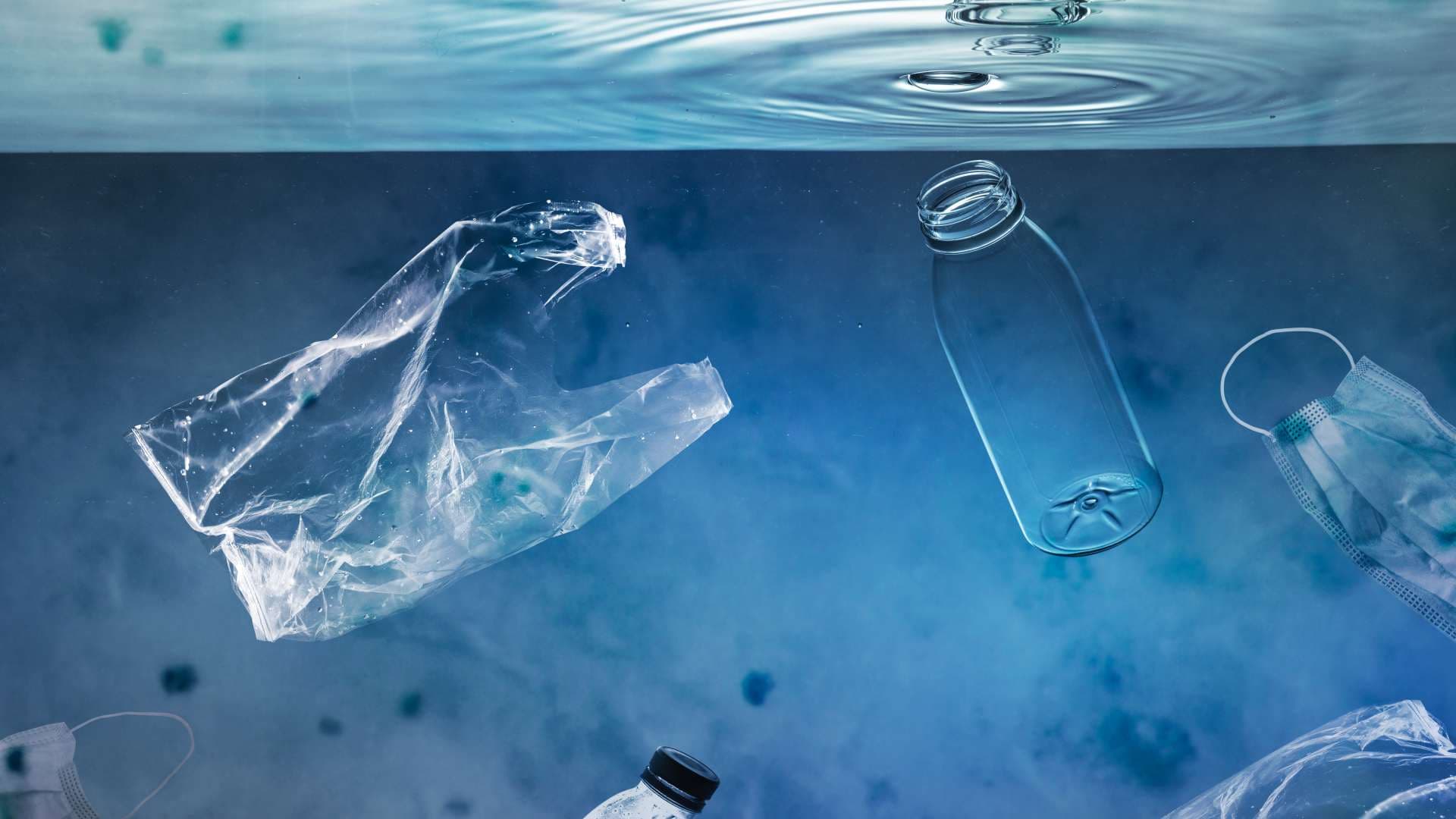Microplastics in Water: Unveiling the Invisible Pollution
Updated at: 18/02/2025
4 min
Content
- The Microplastic Menace: A Looming Threat to Aquatic Ecosystems
- Unveiling the Invisible: Microplastics' Ubiquitous Presence in Water
- From Tap to Table: Microplastics' Perilous Journey Through Our Water Supply
- The Ripple Effect: Microplastics' Impact on Marine Life and Human Health
- Combating the Microplastic Crisis: Collective Action for a Sustainable Future
Microplastics in water are fast becoming one of the most significant environmental issues. These tiny plastic particles, often less than five millimeters in size, are entering our oceans, rivers, and even drinking water, posing significant risks to aquatic life and human health. As we continue to consume and produce plastic at an alarming rate, it is vital to understand the sources, impacts, and potential solutions to this invisible but formidable pollution. Highlighting the urgency of addressing microplastics in water can galvanize collective action to mitigate one of the most insidious environmental threats of the 21st century.
The Microplastic Menace: A Looming Threat to Aquatic Ecosystems
Microplastics, tiny plastic particles less than 5mm in size, are increasingly entering aquatic environments and posing a serious threat to ecosystems. These pollutants originate from larger plastic bottles and other debris that degrade over time. They disrupt natural habitats and introduce toxic substances into the water. The pervasiveness of microplastics represents a significant concern for both environmental health and biodiversity.
Unveiling the Invisible: Microplastics' Ubiquitous Presence in Water
Microplastics have become a pervasive presence in our water sources. Studies have demonstrated the presence of microplastics in rivers, lakes, and remote marine areas. Microplastics enter waterways through surface runoff, sewage discharge, and atmospheric deposition. Despite their minuscule size, microplastics have the potential to absorb harmful chemicals and release them into the aquatic environment, damaging marine life and human health. The contamination of drinking water with microplastics is a further concern. However, it is also possible to overcome this problem with a well water filter.
From Tap to Table: Microplastics' Perilous Journey Through Our Water Supply
Microplastics travel dangerously from natural water sources to our taps, contaminating the water we use every day. This contamination poses a severe risk as these particles enter our bodies through microplastics in tap water and other means. The situation is heightened by the discovery of microplastics in bottled water, highlighting the need for effective filtration solutions. Microplastics in bottled water 2024 are going to getting higher and higher. Purunity's countertop water purifiers employ advanced filtration technologies, including NanoTrap and UV filtration, to significantly reduce microplastic contamination and ensure safer, cleaner water for your household. Effective filtration is crucial for those wondering how to reduce microplastics in water.
The Ripple Effect: Microplastics' Impact on Marine Life and Human Health
The consumption of microplastics by marine organisms is on the rise. These particles can accumulate in the food chain and ultimately reach humans. The toxic substances associated with microplastics can cause adverse health effects, including hormone disruption and potential carcinogenic effects. It is not only an environmental issue, but also a pressing public health concern to protect marine life from microplastic pollution. It is of the utmost importance to understand how to avoid microplastics in water, both for the sake of ecological health and personal wellbeing.
Combating the Microplastic Crisis: Collective Action for a Sustainable Future
The microplastic crisis demands a unified approach from individuals, industries, and governments. Purunity is dedicated to the promotion of sustainable practices through initiatives designed to reduce plastic use and enhance water quality. To discover our efforts, click here to learn more about sustainability. By selecting products and adopting habits that minimize plastic waste, we can collectively reduce the impact of microplastics on our environment and health.
You can read more about global plastic consumption and our role in it here. By understanding the pervasive nature of microplastics and taking proactive measures, we can protect our health and the planet. Ensuring clear insights into how to detect microplastics in drinking water and how to get rid of them can lead to better-informed and healthier choices. If you would like more information about “How to get rid of microplastics in water?” please contact us.

